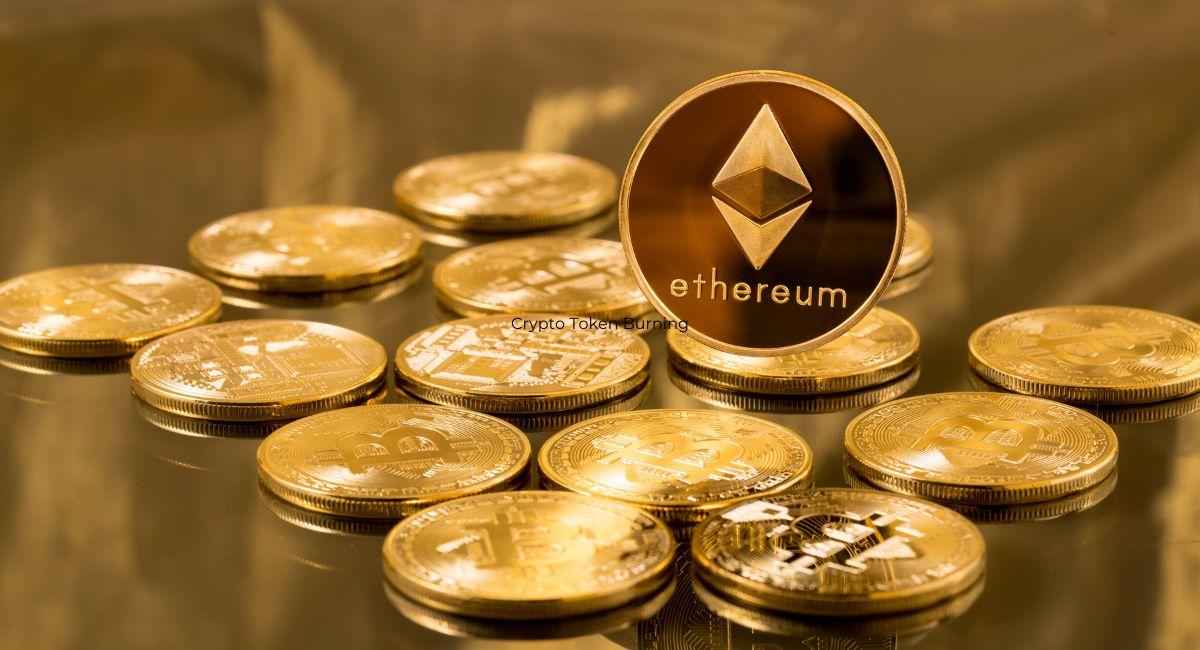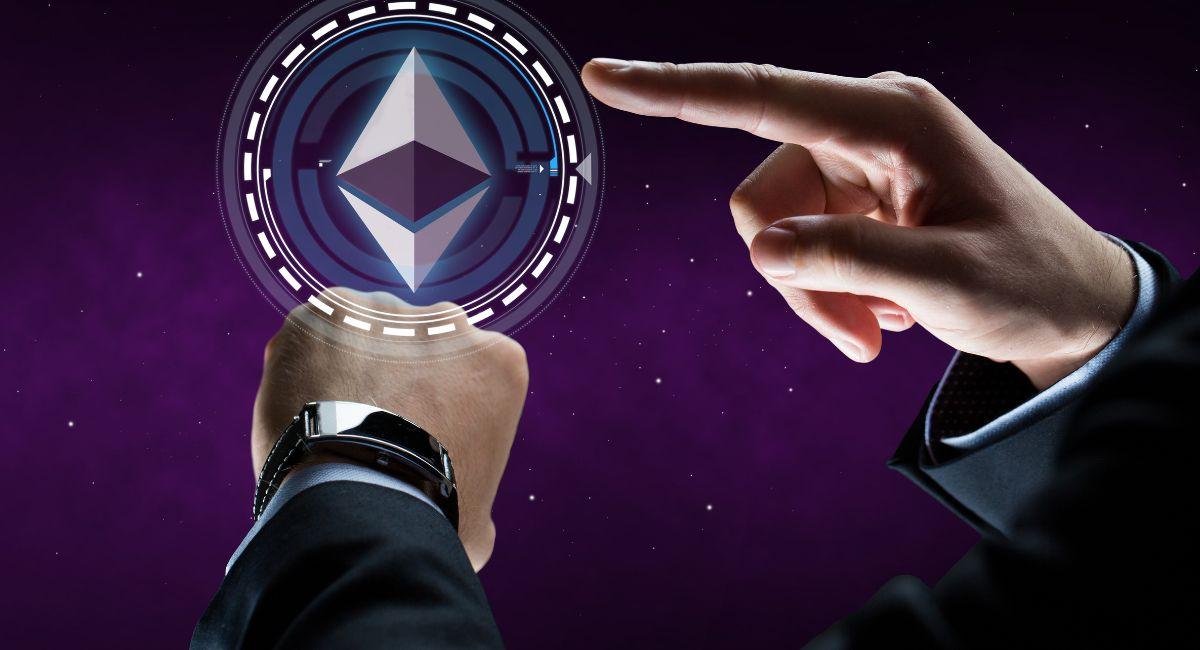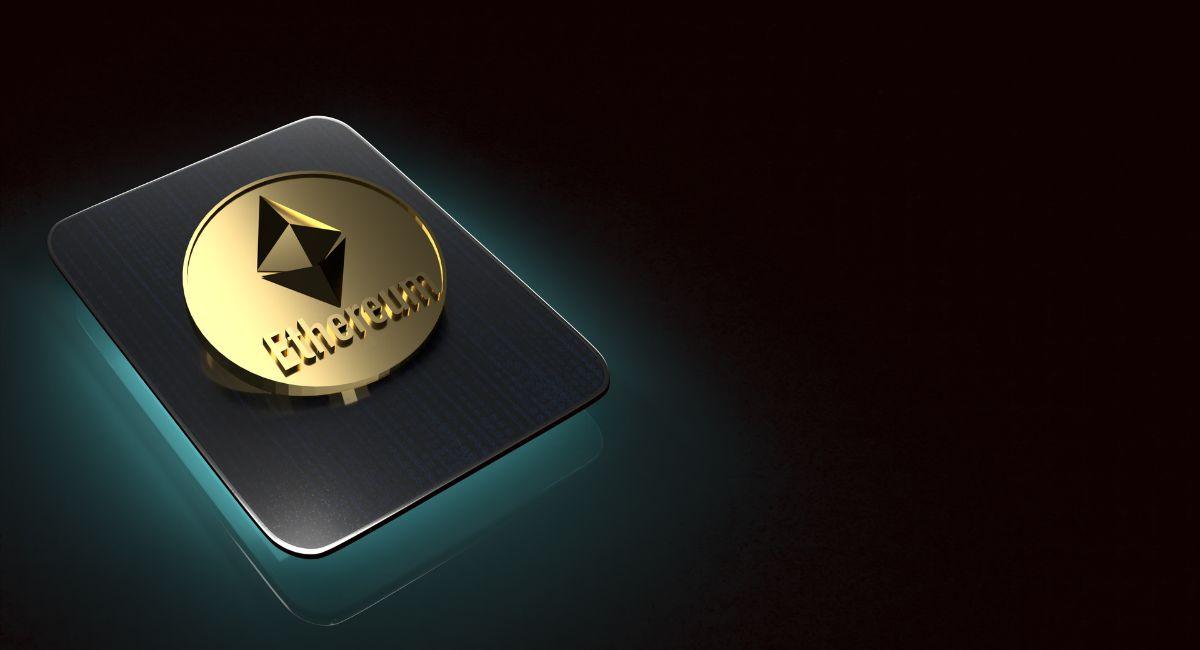January 15, 2024 by Diana Ambolis
292
ERC-721 and ERC-20 are two of the most widely used standards for creating tokens on the Ethereum blockchain. These standards define a set of rules and interfaces that developers can follow when creating tokens, enabling interoperability and compatibility across various decentralized applications (DApps) and platforms. ERC-20: Name: Ethereum Request for Comments 20 (ERC-20). Type: Fungible
ERC-721 and ERC-20 are two of the most widely used standards for creating tokens on the Ethereum blockchain. These standards define a set of rules and interfaces that developers can follow when creating tokens, enabling interoperability and compatibility across various decentralized applications (DApps) and platforms.
ERC-20:
- Name: Ethereum Request for Comments 20 (ERC-20).
- Type: Fungible Token Standard.
- Purpose: ERC-20 is the most common standard for creating fungible tokens on the Ethereum blockchain. Fungible tokens are interchangeable and have identical values, making them suitable for representing currencies or assets with a uniform value.
- Key Functions:
- totalSupply: Returns the total supply of tokens.
- balanceOf: Returns the token balance of a specific address.
- transfer: Sends a specified number of tokens to another address.
- approve: Allows a spender to withdraw a certain amount of tokens from the owner’s account.
- transferFrom: Allows a designated spender to transfer tokens on behalf of the owner.
- allowance: Returns the remaining number of tokens that a spender is allowed to withdraw.
- Use Cases: ERC-20 tokens are commonly used for Initial Coin Offerings (ICOs), tokenized assets, and various utility tokens within decentralized applications.
ERC-721:
- Name: Ethereum Request for Comments 721 (ERC-721).
- Type: Non-Fungible Token (NFT) Standard.
- Purpose: ERC-721 is designed for creating unique, indivisible tokens, known as Non-Fungible Tokens (NFTs). Each token has a distinct value and properties, making it suitable for representing ownership of unique assets like digital art, collectibles, or in-game items.
- Key Functions:
- totalSupply: Returns the total number of unique tokens.
- balanceOf: Returns the number of tokens owned by a specific address.
- ownerOf: Returns the address that owns a specific token.
- approve: Grants approval for a designated address to transfer a specific token.
- getApproved: Returns the address approved for a specific token transfer.
- transferFrom: Transfers ownership of a specific token from one address to another.
- Use Cases: ERC-721 tokens find applications in areas where uniqueness and ownership of digital or physical assets need to be securely represented on the blockchain, such as digital art, collectibles, and gaming items.
In summary, ERC-20 tokens are fungible and interchangeable, while ERC-721 tokens are non-fungible and represent unique assets. Both standards have played a significant role in the growth of the decentralized finance (DeFi) and blockchain-based asset ownership ecosystems on the Ethereum blockchain.
Also, read- Can Applications Communicate Over Blockchains? Unraveling The Interoperability Challenge In Decentralized Systems
Here are the top 10 purposes of ERC-20 and ERC-721 tokens in Web3:

Ethereum’s ERC-20 and ERC-721 standards have become integral components of the Web3 ecosystem, enabling the creation and management of various digital assets.
ERC-20 Tokens
1. Utility Tokens
ERC-20 tokens are commonly used as utility tokens within decentralized applications (DApps). They represent access rights or usage of specific features within the application, fostering an ecosystem where users can utilize tokens for various functionalities.
2. Crowdfunding and Initial Coin Offerings (ICOs)
ERC-20 tokens serve as a popular choice for crowdfunding and ICOs. Projects can issue their own tokens, allowing contributors to invest in the project in exchange for these tokens, which may represent future utility or ownership.
3. Stablecoins
Many stablecoins, such as USDC and DAI, adhere to the ERC-20 standard. These tokens provide stability by pegging their value to a fiat currency, making them suitable for everyday transactions and a hedge against volatility in the cryptocurrency market.
4. Decentralized Exchanges (DEXs) and Trading Pairs
ERC-20 tokens are extensively traded on decentralized exchanges (DEXs). These tokens facilitate trading pairs on platforms like Uniswap and Sushiswap, allowing users to swap one ERC-20 token for another directly from their wallets.
5. Governance Tokens
Governance tokens, used for decision-making within decentralized autonomous organizations (DAOs), are often ERC-20 compliant. Token holders can participate in voting on proposals and influence the direction of a DAO based on the number of tokens they hold.
ERC-721 Tokens
6. Non-Fungible Tokens (NFTs)
ERC-721 tokens are the standard for creating NFTs, representing unique, indivisible assets. These tokens find applications in digital art, gaming, collectibles, and virtual real estate, allowing for ownership of distinct digital assets on the blockchain.
7. Digital Collectibles
ERC-721 tokens enable the creation of digital collectibles, revolutionizing the concept of ownership in the digital realm. From virtual trading cards to unique in-game items, digital collectibles powered by ERC-721 tokens have gained widespread popularity.
8. Gaming Assets and Virtual Real Estate
Gaming platforms leverage ERC-721 tokens to represent in-game assets and virtual real estate. Players can truly own and trade these assets across different games or platforms, fostering a new era of interoperability in the gaming industry.
9. Authentication and Certification
ERC-721 tokens are utilized for authentication and certification purposes, especially in industries like art and luxury goods. Each token can represent a unique certificate of authenticity, providing a transparent and tamper-proof record of ownership.
10. Decentralized Identity and Personal Tokens
ERC-721 tokens contribute to the development of decentralized identity systems. Individuals can have their own personal tokens representing aspects of their identity, achievements, or reputation, providing a decentralized and verifiable form of self-expression.
What is the function of ERC-20 And ERC-721 ?
ERC-20 and ERC-721 are
Ethereum token standards, each serving distinct purposes in the blockchain ecosystem. Here’s a breakdown of their functions:
ERC-20:
- Fungible Tokens:
- ERC-20 defines a standard for creating fungible tokens on the Ethereum blockchain.
- Fungible tokens are identical and interchangeable, meaning each unit is the same as every other unit, making them suitable for representing currencies or assets with uniform values.
- Token Information:
- ERC-20 tokens maintain basic information such as the total token supply, the balance of tokens for a specific address, and the allowance granted to a spender.
- Transfer of Value:
- ERC-20 provides functions like
transfer to send a specified number of tokens from one address to another, enabling the transfer of value within the Ethereum network.
- Smart Contracts:
- ERC-20 tokens are often used to create smart contracts for Initial Coin Offerings (ICOs), tokenized assets, and utility tokens within decentralized applications (DApps).
- Interoperability:
- ERC-20’s standardized interface ensures interoperability across various DApps, exchanges, and wallets, making it easier for developers and users to interact with different ERC-20 tokens.
ERC-721:
- Non-Fungible Tokens (NFTs):
- ERC-721 defines a standard for creating non-fungible tokens on the Ethereum blockchain.
- NFTs are unique and indivisible, each with distinct properties and values, making them suitable for representing ownership of one-of-a-kind assets.
- Digital Ownership:
- ERC-721 tokens are widely used to represent ownership of digital or physical assets such as digital art, collectibles, real estate, and in-game items.
- Token Identification:
- Each ERC-721 token has a unique identifier, and its ownership is secured on the blockchain. The standard provides functions to query ownership, get information about a token, and transfer ownership securely.
- Transfer of Ownership:
- ERC-721 tokens enable the transfer of ownership from one address to another, allowing the secure exchange of unique assets on the Ethereum blockchain.
- Diverse Applications:
- ERC-721 tokens find applications in various sectors, including digital art platforms, online gaming, virtual real estate, and decentralized applications that require representation of unique, scarce assets.
In summary, ERC-20 is designed for fungible tokens that represent interchangeable values, while ERC-721 is tailored for non-fungible tokens that represent unique, indivisible assets. Both standards contribute to the richness and versatility of the Ethereum ecosystem by providing a standardized way to create, manage, and exchange different types of tokens on the blockchain.
What is the use case of ERC-721 and ERC-20 tokens?
ERC-721 and ERC-20 tokens serve different use cases in the Ethereum ecosystem due to their distinct characteristics. Here’s a breakdown of the use cases for each:
ERC-20:
- Currency and Payments:
- ERC-20 tokens are commonly used as digital currencies within decentralized applications (DApps) and smart contracts.
- They can represent stablecoins, utility tokens, or other forms of digital currency used for transactions and payments.
- Initial Coin Offerings (ICOs):
- ERC-20 tokens are widely employed for fundraising through Initial Coin Offerings (ICOs). These tokens are distributed to investors during a token sale, providing them with a stake in the project.
- Tokenized Assets:
- Various real-world assets, such as real estate, commodities, or company shares, can be tokenized using ERC-20 tokens. Each token represents a fraction of ownership in the underlying asset.
- Decentralized Finance (DeFi):
- Many decentralized finance applications utilize ERC-20 tokens. These tokens serve as collateral, governance tokens, or liquidity providers within lending, borrowing, and yield farming protocols.
- Rewards and Loyalty Programs:
- ERC-20 tokens are employed in reward and loyalty programs within DApps or platforms. Users can earn and redeem these tokens for specific benefits or services.
- Interoperability:
- The standardized nature of ERC-20 tokens ensures interoperability, making it easy for exchanges, wallets, and other DApps to support a wide range of tokens with a consistent interface.
ERC-721:
- Digital Art and Collectibles:
- ERC-721 tokens are widely used to represent ownership of digital art and collectibles. Each token can represent a unique piece of digital or virtual artwork, ensuring scarcity and provenance.
- Gaming Assets:
- In the gaming industry, ERC-721 tokens are employed to represent unique in-game assets. Players can buy, sell, and trade these assets securely on the blockchain.
- Virtual Real Estate:
- Platforms that deal with virtual worlds and virtual real estate use ERC-721 tokens to represent ownership of unique parcels of land or virtual properties.
- Identity and Certification:
- ERC-721 tokens can be used to represent digital identities or certifications. Each token can serve as a unique, verifiable credential on the blockchain.
- Token Curated Registries (TCRs):
- TCRs use ERC-721 tokens to curate lists of unique items or entities. Token holders can propose, vote, and challenge items within the list, creating a decentralized curation system.
- Event Tickets:
- ERC-721 tokens can represent event tickets, ensuring that each ticket is unique and can be securely transferred or sold on the blockchain.
In summary, ERC-20 tokens are more suitable for representing fungible assets, currencies, and financial instruments, while ERC-721 tokens excel in representing unique, non-fungible assets like digital art, collectibles, and gaming items. The versatility of these standards contributes to the growth of the Ethereum ecosystem by enabling a wide range of applications across various industries.
In conclusion
ERC-20 and ERC-721 tokens play diverse roles in the Web3 ecosystem, from powering decentralized finance and governance to revolutionizing digital ownership and creating unique digital experiences. Their versatility and standardization have significantly contributed to the growth and innovation within the blockchain space.

































































